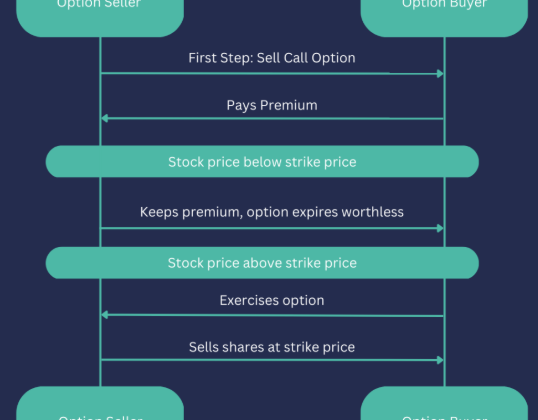
Pursuing a career as a fund manager can be both intellectually rewarding and financially lucrative. If you’re someone who enjoys analyzing markets, building investment strategies, and guiding financial growth, this role might be the perfect fit. In this blog, we’ll walk through the steps to becoming a fund manager in India, covering qualifications, responsibilities, expected salaries, and career outlook.
Who Is a Fund Manager?
A fund manager is a finance professional responsible for overseeing and directing investment funds. Whether working with mutual funds, pension funds, or hedge funds, their primary goal is to generate returns while managing risk. These professionals make key decisions on asset allocation, select securities, and develop long-term strategies in line with the fund’s objectives.
Core Responsibilities of a Fund Manager
1. Creating Investment Strategies
One of the central duties of a fund manager is to establish a structured plan to guide investments. This includes studying economic indicators, identifying profitable sectors, and adjusting strategies based on market shifts.
2. Allocating Assets
Fund managers decide how to distribute the fund’s capital across different asset classes—equities, debt instruments, or alternative investments—based on risk profiles and investment goals.
3. Selecting Securities
They perform in-depth analysis to choose the right stocks, bonds, or other instruments, relying on both quantitative data and qualitative insights.
4. Managing Risk
Evaluating potential threats to the portfolio and applying hedging or diversification techniques is a major part of a fund manager’s responsibilities.
5. Maintaining Diversification
To minimize risk and increase potential returns, managers diversify portfolios across industries, regions, and asset types.
Steps to Become a Fund Manager in India
1. Earn the Right Educational Credentials
Start with a bachelor’s degree in finance, economics, business, or a similar field. Many successful fund managers go on to pursue a postgraduate degree like an MBA, or earn designations such as the Chartered Financial Analyst (CFA), which is highly regarded in the investment community.
2. Acquire Relevant Licenses and Certifications
For those managing regulated investment funds in India, obtaining certifications such as CFA or passing exams mandated by SEBI (Securities and Exchange Board of India) may be required depending on the role. Staying current with licensing regulations and continuing education is crucial in this profession.
3. Gain Industry Experience
Experience is key. Most fund managers begin their careers as financial analysts or assistant portfolio managers. Internships with asset management companies or investment banks provide a strong foundation and help build a track record of success.
4. Network Strategically
Connecting with professionals in the finance sector can open doors to opportunities and partnerships. Attending industry events, participating in forums, and joining professional groups can be instrumental in progressing your career.
5. Sharpen Analytical and Decision-Making Skills
A fund manager must be adept at interpreting complex financial data and market movements. Strengthening these skills ensures sound judgment when making investment choices under pressure.
Salary Expectations for Fund Managers in India
Salaries in this field can vary widely based on experience, fund performance, and the employer’s size. Entry-level roles may offer between ₹5 to ₹10 lakhs per annum. With time and proven performance, senior fund managers may earn ₹18 lakhs or more annually, with the most successful professionals commanding packages in crores.
Career Outlook
As the Indian investment landscape expands, the demand for experienced fund managers is expected to rise. With increased participation in mutual funds, pensions, and institutional investments, skilled professionals who can generate consistent returns will continue to be in demand.
Frequently Asked Questions
How long does it take to become a fund manager?
Generally, it takes five to ten years, including completing academic qualifications, gaining work experience, and earning industry certifications.
Is it difficult to enter this field?
Yes, the path is competitive. It requires a strong educational background, relevant work experience, and a consistent ability to manage portfolios effectively.
Do you need a CFA to become a fund manager?
While not mandatory, a CFA designation is widely respected and often preferred by employers. It enhances your expertise and signals a high level of competence.
Who are some notable fund managers in India?
Renowned names in the Indian asset management space include Sankaran Naren, Anand Radhakrishnan, Navneet Munot, and Nimesh Shah. These individuals are known for their strategic insights and long-term performance.
Is this a sustainable career choice?
For those passionate about markets and willing to invest time in learning and staying informed, fund management offers a fulfilling and lucrative career. It’s ideal for individuals who thrive under pressure and enjoy strategic thinking.
Final Thoughts
Becoming a fund manager in India is a journey that demands commitment, financial acumen, and strategic insight. By focusing on education, gaining hands-on experience, building strong networks, and continuously improving analytical skills, you can build a successful career in this high-stakes field. As the financial ecosystem continues to evolve, professionals who can adapt and deliver value will always find opportunities to grow.
















